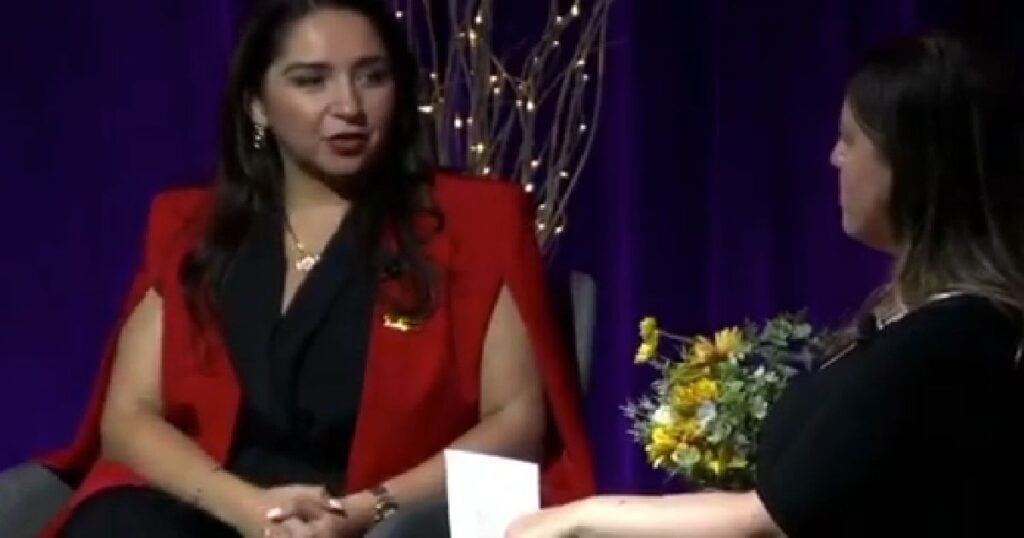Saver, a startup in Batavia, Illinois, is producing butter without cows, farmland, or traditional agriculture — instead using carbon dioxide and hydrogen to replicate natural fats.
Key Facts:
- Saver uses carbon dioxide from the air and hydrogen from water to create butter-like fats.
- The process emits no greenhouse gases and requires no farmland.
- The product contains fat, water, lecithin, and natural flavors/colors — with no palm oil.
- Backed by Bill Gates, the company aims for consumer sales by 2027.
- Early versions are being tested in chocolates sold through restaurants and bakeries.
The Rest of The Story:
In an industrial park outside Chicago, Saver is using lab technology to create butter that mimics the taste, texture, and appearance of dairy products. Co-founders explain that fats are simply chains of carbon and hydrogen, and their process builds these chains without plants or animals.
The system involves heating and oxidizing captured carbon dioxide and hydrogen, producing fat molecules similar to those found in meat, cheese, and oils. Initially wax-like in form, the product is refined into butter-like consistency.
Company leaders emphasize sustainability benefits, citing no greenhouse gas emissions, minimal land use, and the elimination of palm oil — a key driver of deforestation. They note that 7% of global greenhouse emissions come from producing animal and plant fats.
Currently, Saver is selling limited-edition chocolates made with its butter to select partners. Widespread consumer availability is projected for around 2027. Gates has publicly praised the innovation for its potential to cut the carbon footprint of food production.
Commentary:
There’s something unsettling about the idea of swapping out real butter for a lab-created product made from captured gases. The pitch may sound noble — save the planet, reduce emissions — but when it comes to food, the issue is trust.
Real butter has been part of the human diet for centuries. Its ingredients are simple, familiar, and time-tested. Lab butter, on the other hand, relies on a complex industrial process that hasn’t been around long enough for anyone to know its long-term effects on health.
Consumers deserve to know exactly what’s in their food, how it’s made, and what it does to the body over decades of consumption. The short ingredient list may look reassuring, but the source materials and chemical transformations involved are far from farm-fresh.
If people want butter, why not just eat butter? It’s natural, delicious, and proven safe through generations of use. Trading that for an engineered fat from a factory — even one with zero emissions — means becoming part of a vast food experiment.
Bill Gates may believe this is the future, but it’s wise to let others be the test subjects. Just because something can be made doesn’t mean it should be eaten. Progress in food tech should be balanced with caution, not rushed into our kitchens based on environmental buzzwords.
Sustainability is important, but so is safeguarding health and maintaining the integrity of what we eat. Once a food source shifts entirely into the lab, it’s hard to go back — and even harder to know if we should have made the leap in the first place.
The Bottom Line:
Saver’s carbon-and-hydrogen butter represents a dramatic shift in food production, promising environmental benefits and reduced emissions.
Yet its future success depends on whether consumers will embrace it over traditional dairy.
For now, the safer choice for those who love butter may be to stick with the real thing and let time — and testing — determine whether lab butter is a marvel or a mistake.









